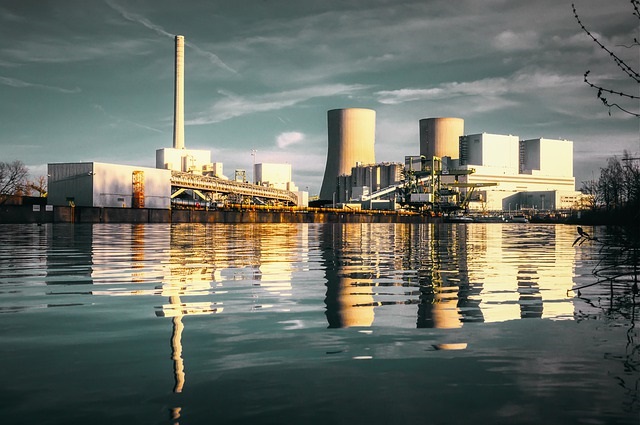Significant additional capacity for CCUS will be needed to achieve net-zero emission targets
There are approximately 28 commercial Carbon Capture Utilisation and Storage facilities (CCUS) globally, with a total capacity of 40 Megatons per annum (Mtpa), but accounting for only 0.12% of total energy-related CO2 emissions. In reference to the net-zero emissions by 2050 scenario by International Energy Agency (IEA), CCUS plays a significant role in a decarbonised economy and capacity needs to be ramped-up by 190-fold, and to as much 7.6 Gigatons per annum (Gtpa), according to GlobalData, a leading data and analytics company.
On May 25 2021, US Congress passed a bipartisan bill, the CATCH Act to increase the carbon capture credit from US$50 to as high as US$85 per metric ton of CO2. This policy will be a huge driver for many oil and gas stakeholders across the value chain as the current cost to capture carbon in power generation ranges from US$40 to US$80 per tonne of CO2.
The energy sector accounts for approximately three quarters of total greenhouse gas (GHG) emissions. According to IEA, CO2 emissions reached a high of 33.5 Gtpa in 2018 and have reduced to 33.4 Gt in 2019 and 31.5 in 2020, mainly due to the Covid-19 economic crisis. In comparison to the total emissions level, CCUS capacity is relatively insignificant and requires a collective effort from global government and industry leaders to ramp up the deployment of CCUS facilities.
Steven Ho, Upstream Oil & Gas Analyst at GlobalData, comments: “The current development of CCUS projects is mainly driven by business and commercial considerations. Out of the 28 operational facilities, 22 are incentivised by the additional economic value created from using CO2 for Enhanced Oil Recovery (EOR) operations.
“However, during 2020 there has been a noticeable increase in the planned new carbon capture and storage facilities. These would add up to 72 Mtpa of additional capacity by 2028. Many of the facilities already in construction are in the power generation sector. In 2020, they account for 67% of additional capacity. For coal or fossil fuel power plants, retrofitting existing plants is the most cost-effective option in the near term, especially in growing economies in Asia that are still heavily dependent on fossil fuel and coal. Additional CCS capacity in chemical production and hydrogen production industries are also expected to be commercially developed by 2025, adding up to approximately 14 Mtpa and 5.4 Mtpa of carbon capture capacity, respectively.”
As more parties are beginning to show interest and investing in CCUS, the formation of CCUS industrial hubs and clusters become more common. These can benefit all involved parties by increasing economies of scale and reduce investment risk. These hubs work to aggregate, compress, dehydrate and transport CO2 streams from clusters of facilities to storage sites. An increase in future hydrogen demand is also an incentive for additional CCS capacity. Adding CCS to the dominant steam methane reformation process, has a lower economic cost than, for instance, producing hydrogen through electrolysis using renewable electricity.
Ho continues: “Beyond 2030, further deployment of carbon capture facilities becomes a very likely scenario to compensate for the remaining carbon emissions that remain from a hard-to-abate industry, such as cement, and require to capture up to 7.6 Gtpa by 2050 to achieve net-zero carbon emissions.”




























